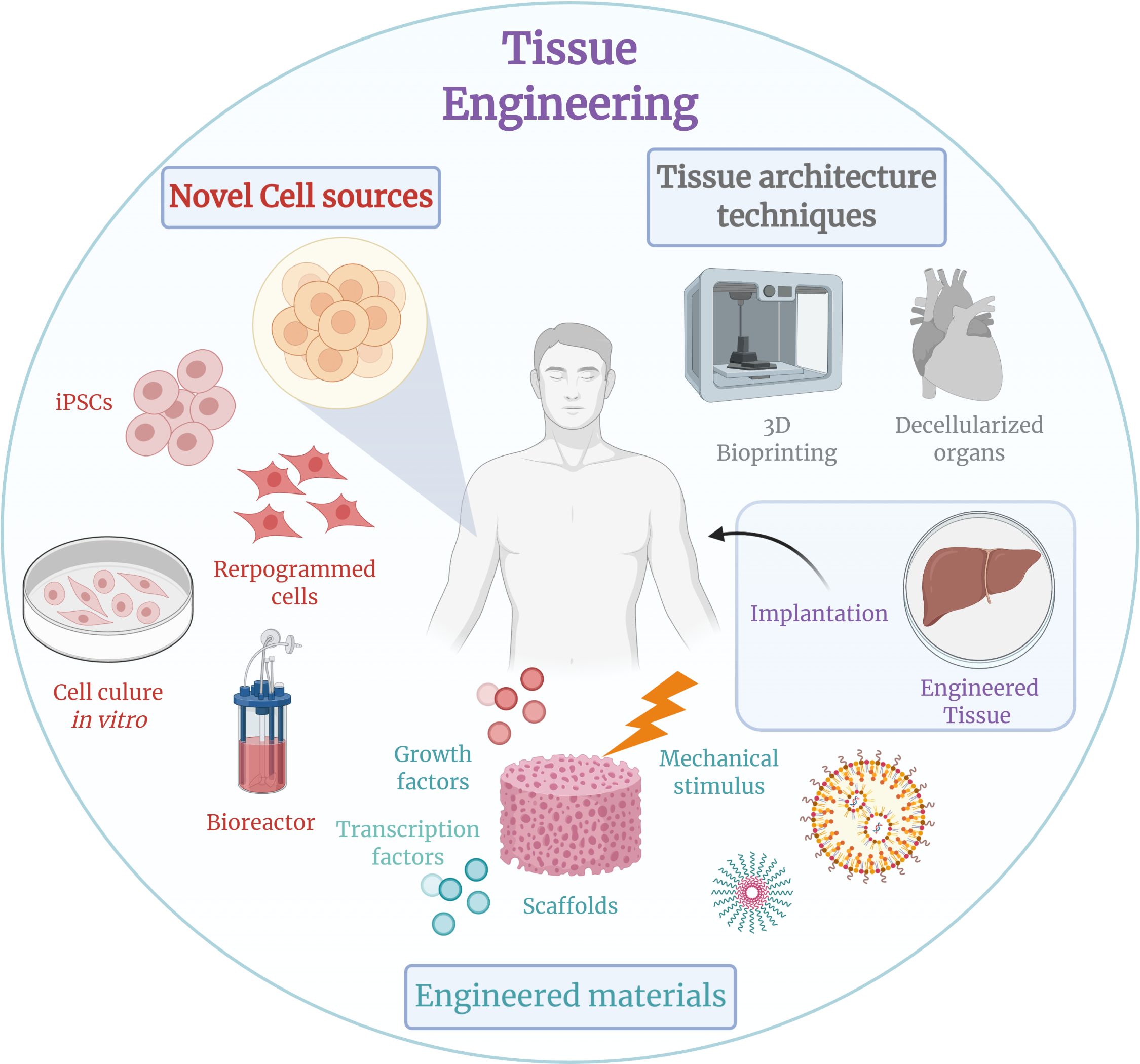
[/image][=video]
[/video]
There are numerous sorts of stem cells. Generally, the term stem cell refers to a group of cells that offer rise to various other cells (like skin, blood, heart, and muscle cells) by replicating and distinguishing in reaction to chemical signs. Totipotent stem cells show up at the earliest phase of development and are the only stem cells which can produce embryonic stem cells and the placenta.
Bone marrow transplant (BMT) is an unique treatment for patients with certain cancers cells or various other illness. A bone marrow transplant entails taking cells that are normally discovered in the bone marrow (stem cells), filtering system those cells, and providing back either to the donor (individual) or to one more individual. The goal of BMT is to transfuse healthy bone marrow cells into a person after his/her own harmful bone marrow has actually been treated to kill the irregular cells.
The blood cells that make various other blood cells are called stem cells. The most primitive of the stem cells is called the pluripotent stem cell.
It is the stem cells that are needed in bone marrow transplant. The goal of a bone marrow transplant is to treat several diseases and kinds of cancer cells. When the doses of chemotherapy or radiation required to treat a cancer cells are so high that an individual's bone marrow stem cells will certainly be completely damaged or damaged by the therapy, a bone marrow transplant might be needed.
Perimenopause Treatment
This process is usually called rescue. Change bone marrow with genetically healthy functioning bone marrow to prevent even more damages from a genetic condition procedure (such as Hurler's disorder and adrenoleukodystrophy). The dangers and advantages have to be weighed in a comprehensive conversation with your medical care service provider and experts in bone marrow transplants prior to the procedure.
There are different kinds of bone marrow transplants relying on that the contributor is. The different types of BMT consist of the following: The contributor is the patient himself or herself. Stem cells are taken from the patient either by bone marrow harvest or apheresis (a procedure of collecting peripheral blood stem cells), icy, and then returned to the person after extensive therapy.
The benefactor shares the same hereditary type as the person. Stem cells are taken either by bone marrow harvest or apheresis from a genetically matched contributor, normally a bro or sibling. Other donors for allogeneic bone marrow transplants may include the following: A haploid-identical suit is when the contributor is a moms and dad and the hereditary suit is at the very least half the same to the recipient.

Matching entails typing human leukocyte antigen (HLA) cells. The antigens on the surface of these unique white blood cells establish the genetic make-up of a person's body immune system. There go to the very least 100 HLA antigens; nevertheless, it is believed that there are a few major antigens that determine whether a contributor and recipient match.
Medical research study is still checking out the role all antigens play in the procedure of a bone marrow transplant. The more antigens that match, the better the engraftment of donated marrow. Engraftment of the stem cells happens when the given away cells make their way to the marrow and begin making brand-new blood cells.
Stem Cell Therapy
All individuals collaborate to give the most effective chance for a successful transplant. The team includes the following: Doctor who focus on oncology, hematology, immunology, and bone marrow hair transplant. A registered nurse that organizes all elements of treatment supplied before and after the transplant. The nurse organizer will certainly provide patient education and learning, and collaborates the analysis testing and follow-up care.
Specialists who will assist you fulfill your dietary demands prior to and after the transplant. Several various other group participants will review you before transplantation and will certainly give follow-up treatment as needed.

A full case history and physical examination are executed, consisting of several tests to assess the individual's blood and organ functions (for example, heart, kidney, liver, and lungs). An individual will certainly commonly enter the transplant facility approximately 10 days prior to transplant for hydration, analysis, positioning of the main venous line, and other preparations.
For an allogeneic transplant, an appropriate (cells entered and matched) donor should be readily available. Volunteer marrow donors are registered in numerous nationwide and global computer registries.
Contributor sources readily available consist of: self, sibling, moms and dad or relative, nonrelated person, or umbilical cord from a relevant or nonrelated individual. There are nationwide and international registries for nonrelated people and cord blood.
Medical Group in Burton, Michigan
Examinations connected to his or her health, exposure to infections, and genetic analysis will be done to identify the extent of the suit. The benefactor will be offered instructions on how a bone marrow donation will be made. When a match for a patient needing a bone marrow transplant is found, then stem cells will certainly be collected either by a bone marrow harvest.
Or by an outer blood stem cell collection. This is where stem cells are gathered from the circulating cells in the blood. Of both, peripheral blood stem cell donations are currently more common. Cord blood has already been collected at the time of a birth and kept for later use.
Navigation
Latest Posts
Menopause Therapy
Perimenopause Treatment servicing Burton, Michigan
Perimenopause Treatment